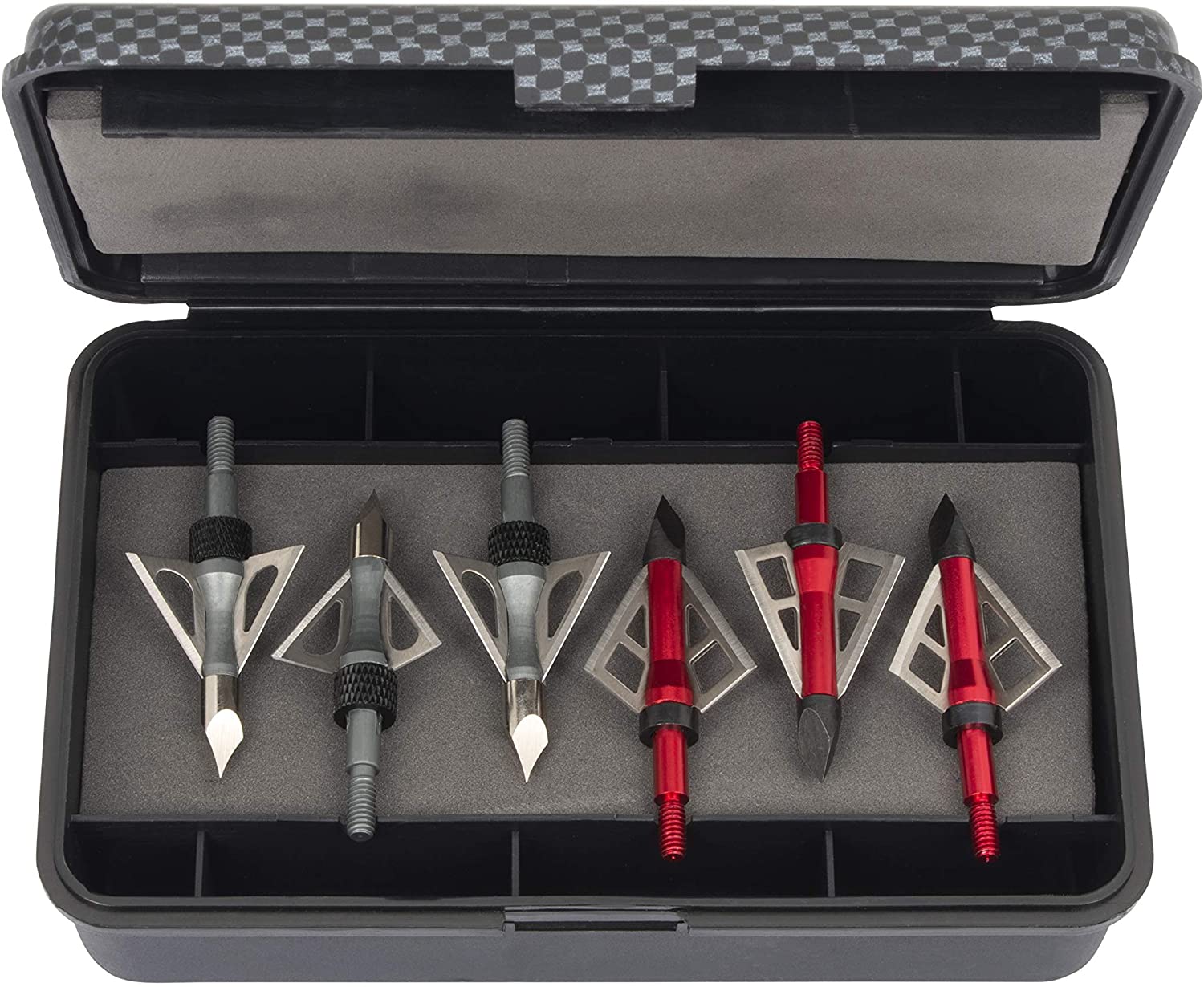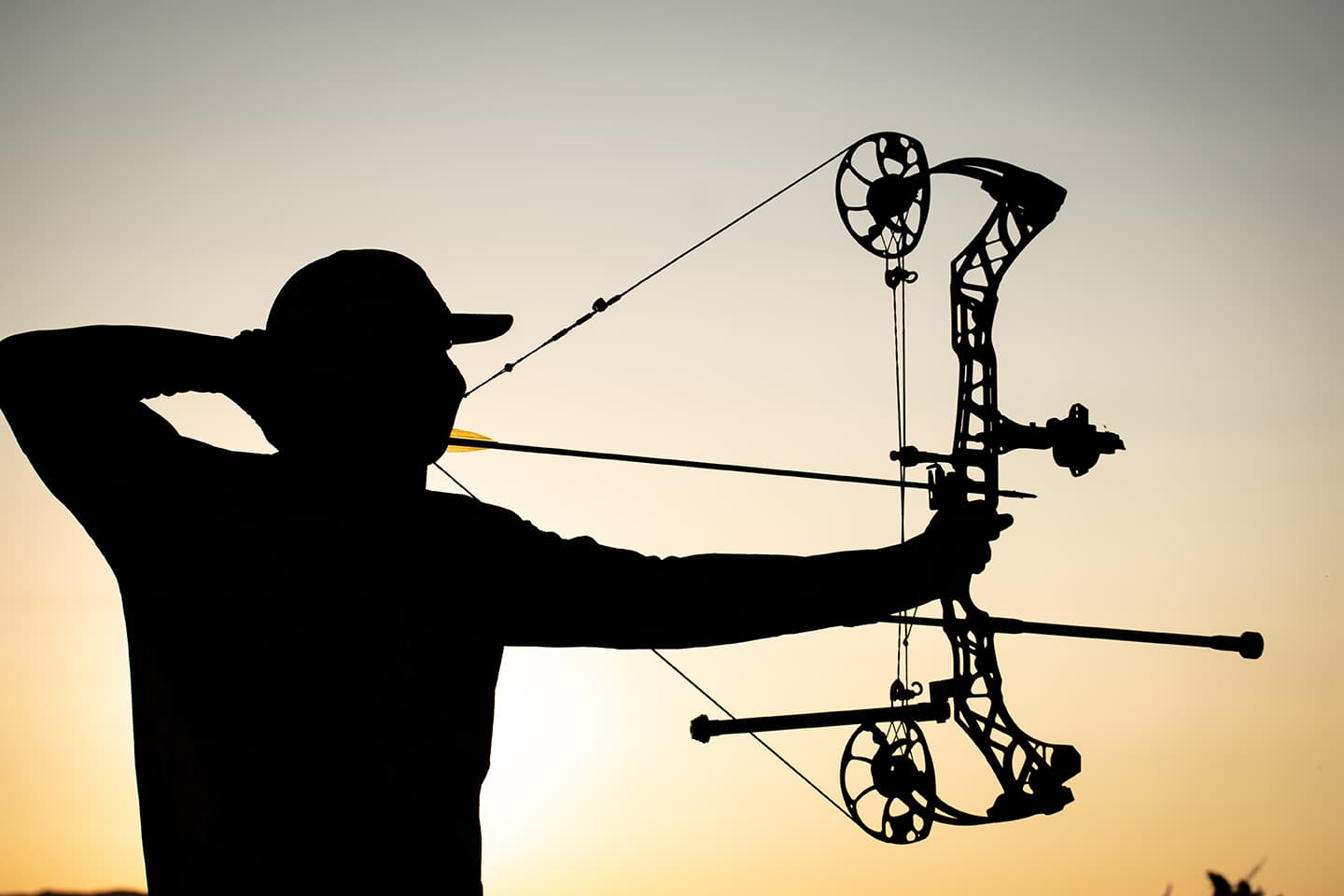Bow hunters are some of the most opinionated people you will ever meet. There are some hunters who believe their equipment is the best. There are others who think their shooting style is the best.
One of the pieces of equipment that bow hunters are most opinionated about are broadheads. This has resulted in many myths and misconceptions about broadheads. In this post, we will examine some of the most popular statements about broadheads and tell you which ones are true.

What are broadheads?
Before we look at statements about broadheads, let’s first define them.
A broadhead is simply a big sharp cutting point assembly that gets attached to the shaft of an arrow for hunting purposes. Choosing the appropriate broadhead and arrow combination is crucial for hunting success.
Broadheads are classified in three main groups depending on their physical composition as well as the number of sported blades. These classifications are mechanical blade, fixed blade, and removable blade broadheads.
Mechanical blade broadheads open up upon impact making them very lethal. Fixed blade broadheads feature blades that are permanently attached and rigid. Lastly, removable blade broadheads feature blades that can be removed or replaced.
All broadheads, despite the type must be durable, sharp and well-matched to your equipment as well as the size of game being hunted. The blades need to be sharpened before going out to the field to hunt and also after every practice session.
Statements about broadheads and their truthfulness
1. Wider-cutting broadheads always cause shorter blood trails
It seems logical that a wider mechanical broadhead could result in a faster bleed-out compared to a narrow mechanical broadhead. This makes logical sense but it does not reflect the reality.
Wide-cut broadhead fans do not take into consideration the conveyed shock together with the animal’s flight or fight response. Destructive broad-cutting broadheads hit the animal harder, conveying felt energy similar to a strong punch. Sleeker broadheads, on the other hand, slip right through the animal’s skin, at times without the animal even realizing that they have been shot.
A wide-cutting destructive broadhead is thus more likely to spook the animal through the felt energy transfer, prompting an adrenaline shot that causes harder and longer runs. Yet, people have witnessed animals hit with minimalist heads respond as though they are totally unaware of being externally hit.
Therefore, because of the adrenaline causing effect, wider-cutting broadheads are unlikely to cause shorter blood trails because they make the prey to run away fast and hard. However, they can cause shorter blood trails when they hit vital organs such as the heart or the lungs.
2. Broadheads and field points always impact differently
When a well-designed broadhead, directed by a sound amount of fletching, impacts contrarily to field points, then your bow required more tuning. This does not include sweeping broadhead designs, for instance a fixed blade cutting in surplus of one and a quarter inches, but rather most fixed and mechanical blades that are not more than one and three-sixteenths inches. Also keep in mind that this discussion is within margins that most hunters are realistically able to produce and not machine precision.
Fine tuning of modern compounds has become easier and more intricate than it initially was. It is easier because modern bows are constructed to have tighter tolerances and more synchronized and efficient cam systems. It is more intricate because of the currently generated speeds. Sufficient fletching surface area is also very important; a ratio of 3:1, fletching to blade surface area is recommended.
3. Mechanical broadheads deny the arrow kinetic energy once the blades are deployed
The amount of energy required to deploy the blades of mechanical broadheads has never really been determined as this would be an impossible undertaking because of several variables. These variables include arrow spine, bow poundage, and bow geometry among others. In addition, the measuring device is yet to be invented.
Having mentioned that, we have to admit that this is theoretically not a myth. During the microseconds it takes for the arrow blades to deploy, there is some element of energy loss. But to what effect is this energy loss? All mechanicals are known to deploy their blades as soon as they hit contact with the skin and hide. Therefore, the design of precisely how these blades fan out then becomes more vital that the little amount of lost energy.
As per various studies, fixed blade broadheads do not require kinetic energy for them to deploy their blades. But similar to mechanical blades, as soon as the fixed blade comes into contact with the skin or hide, approximately fifty percent of the kinetic energy conveyed by the bow is shifted to the target.
Mechanicals are generally more aerodynamically stable than fixed blades but manufacturers tend to concentrate on the wound channel size. This, in turn, means that by design, the blade in mechanicals are not as strong as a fixed blade and are prone to moving in awkward ways and breaking or bending when hindrances like bone are met.
Fixed blades, on the other hand, are more aerodynamically challenged and they need a lot of practice to predict and understand how they fly. Mounting fixed blades on your arrows without any prior practice is not advisable; you will simply be making blind shots. However, fixed blades easily destroy hindrances such as bone.
In conclusion
There are several truths, as well as myths and misconceptions, when it comes to the relationship between broadheads and arrows. Luckily, we have been able to discuss some of the most common ones to provide you with an element of truth and certainty about them. Also, be carefull with travelling with these broadheads. Read more about broadheads, arrows, and bows in our blog.


